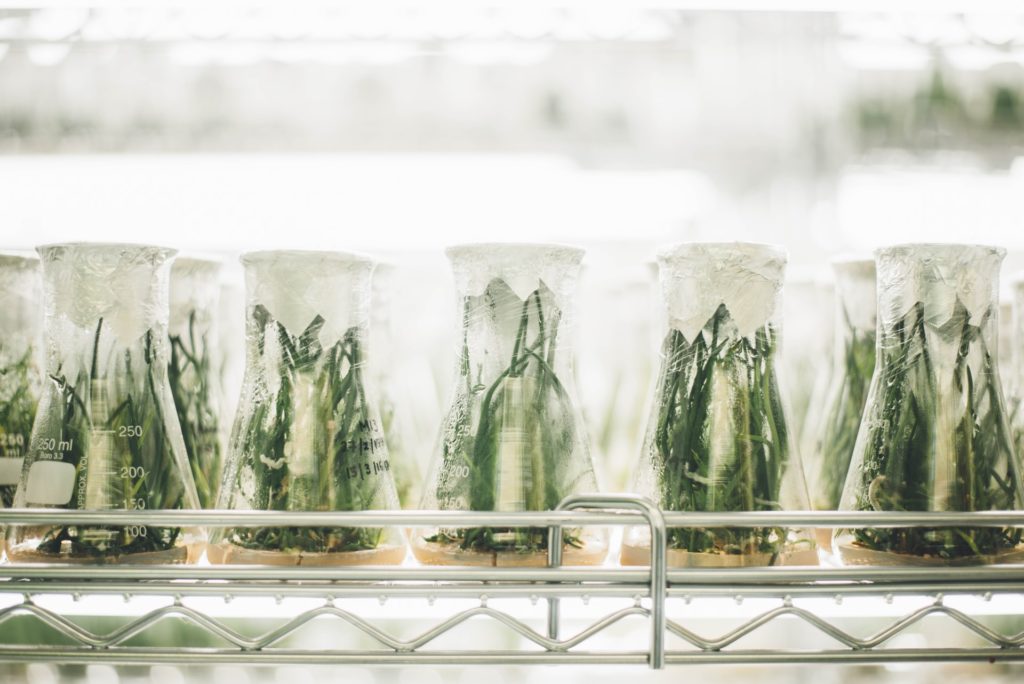
With a rise in global temperature, the need for change in our current food production system is evident. Companies that are producing meat in the lab are beginning to come to the forefront, removing the carbon footprint from traditionally farmed meat. Although plants have a much less carbon impact on the environment, commercial agriculture practices like tilling take a toll. Not to mention the inputs required to grow plants, including fertilizers and water. If we can grow animal flesh in the laboratory, then lab-grown plants should be possible. More importantly, can we grow plants in the lab at scale? Here is a look at some rising technologies that are producing lab-grown plants and paving the way towards the future of sustainable agriculture.
- Lab-grown cotton- The future of fashion
- Converting sun-grown coffee to lab-grown plants
- Making cocoa truly sustainable
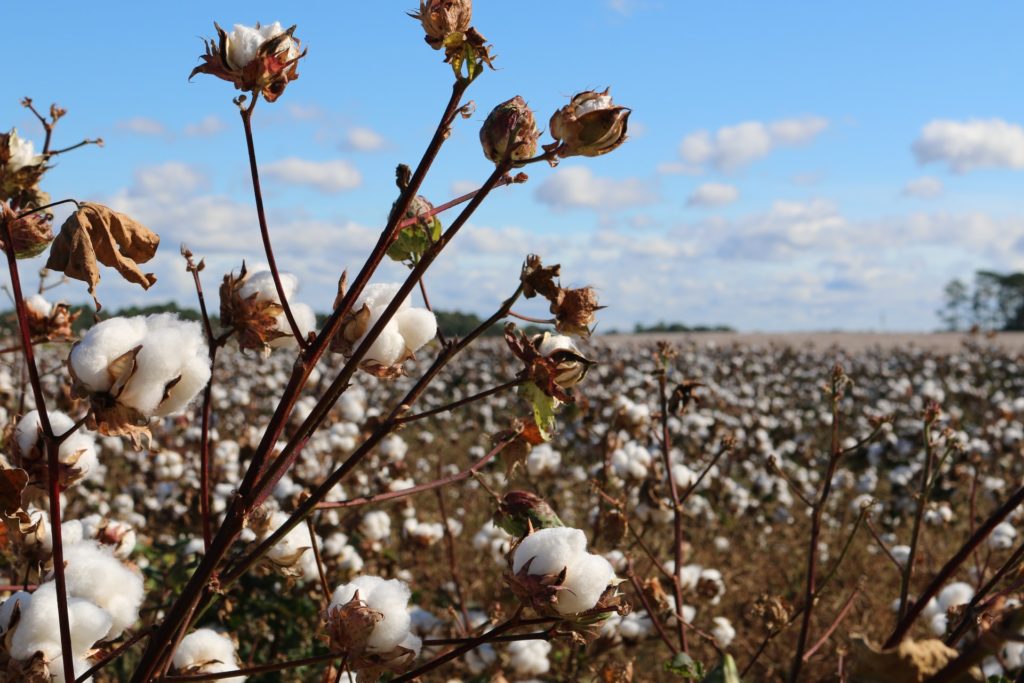
Lab-grown cotton-the future of Fashion
Humans have been using cotton as far back as 6000 BCE, and potentially earlier. Today, it is one of the most widely used plants in the production of textiles. In fact, in 2018 cotton had a market share of 24.4% of all global textile production. Being a plant, the use of cotton is much more desirable compared to polyester-plastic-derived fibres. Although it is biodegradable, the production of cotton has a hefty toll on the environment. According to C&A’s water footprint strategy, approximately 3.6 trillion litres of water was used to grow cotton globally in 2011. Water is not the only issue, cotton farming uses more chemical pesticides than any crop globally.
GALY, a company within the cellular agriculture industry, seeks to bring change by growing cotton in a laboratory. Although lab-grown plants aren’t incredibly new, it is the ability to grow cotton at scale that is the real achievement. But wouldn’t growing cotton in the lab require the same amount of water? With GALY’s technology, they grow their cotton straight from cells instead of plants, saving 80% less water and land than traditional farming.
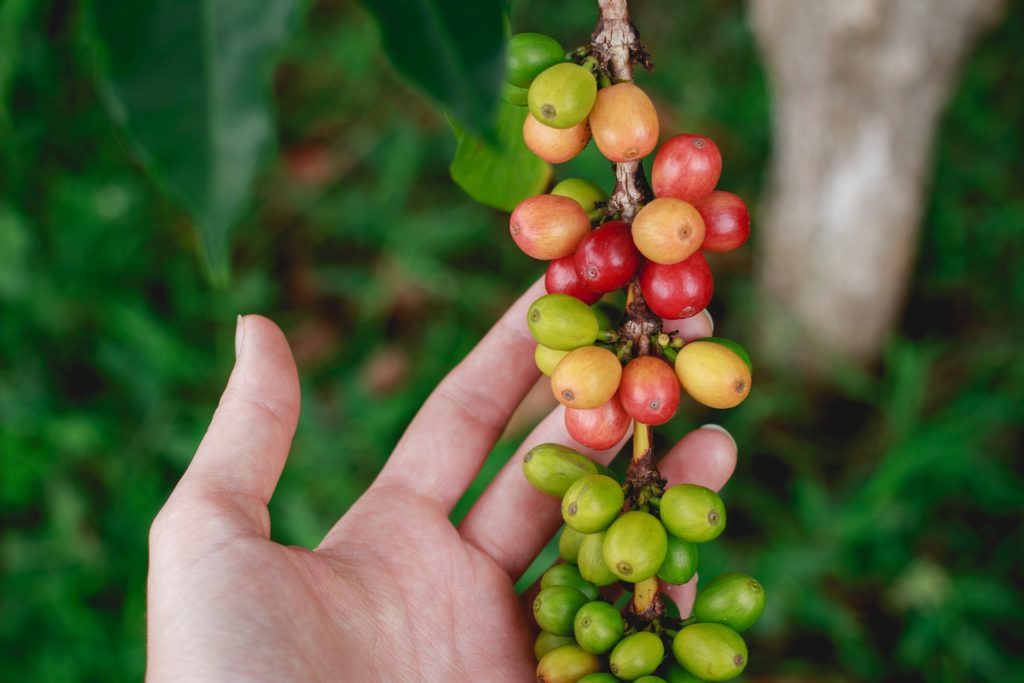
Converting sun-grown coffee to lab-grown plants
The International Coffee Organization states that over 167 million bags of coffee are produced and consumed in a year. This equates to over 10 million tons of coffee grown. With the ever-increasing demand for the beverage, coffee is now sun-grown rather than traditional and more sustainable growing methods. This process requires the removal of plants and forests (especially rainforests) previously occupying the land, for coffee plants to gain full access to light. The result of this process? Over 2.5 million acres of forests cleared in Central America alone, and the numbers are ever-increasing.
The carbon footprint of coffee is also astounding. As I noted in my previous post, animal/by-products have the highest carbon footprint. In comparison to other plants, coffee has a higher carbon footprint. In fact, per serving, coffee’s carbon footprint is roughly equivalent to that of dairy cheese. To make coffee more sustainable we need to first change our methods of growing coffee, and secondly, reduce the carbon footprint and inputs used in growing coffee.
Can we achieve both tasks? One team of researchers at VTT is doing just this. They have found a way to grow coffee in a laboratory. These researchers bypass the plant growth process and grow coffee straight from plant cells. Although they don’t have exact numbers yet, they have claimed that their process will reduce labour and inputs like water and chemical fertilizers used in growing coffee. Not to mention, the complete removal of deforestation involved in traditional coffee production.
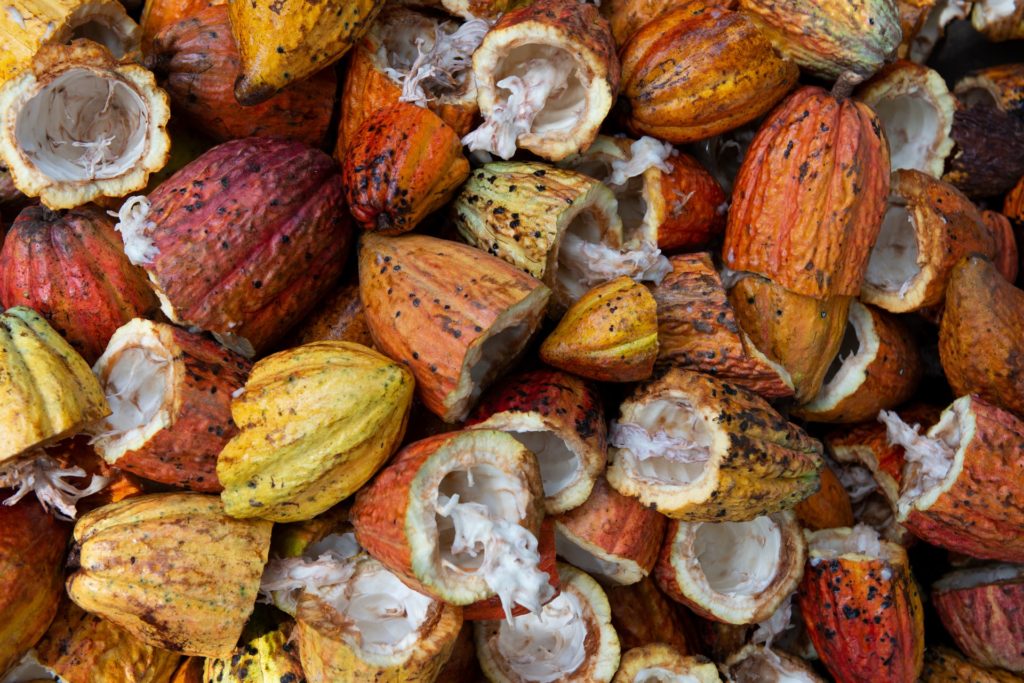
Making Chocolate Truly Sustainable
Chocolate is one of those delectable treats that is already available as a vegan product. But does this make it sustainable to purchase? Well, the removal of dairy from chocolate is a great step in reducing the cruelty and carbon footprint of chocolate. The process of growing cocoa beans has a hefty toll on the environment. Cocoa production is much like coffee. Rainforests are being encroached on at an incredible rate. From 1988-2008, over 2-3 million hectares of forests were lost globally for the production of cocoa beans. Between 2000-2014, cocoa production increased by 32%, and land use is up to 7.6-10.4 million hectares. The carbon footprint of cocoa is also shocking. The carbon footprint of cocoa beans (as dark chocolate) as chicken, cheese, pork, and farmed fish, and about half that of beef.
How can we produce chocolate without contributing to immense environmental destruction? We can grow it in the lab! Just leave it to swiss researchers at the Zurich university of applied sciences. Their process involves growing coffee from plant cells, and multiplying the cells in a bioreactor. Another major issue with products like cocoa beans is the supply chain. Shipping cocoa worldwide results in a lot of emissions. Their process of growing cocoa in the lab can be done anywhere, reducing the emissions incurred during transport.
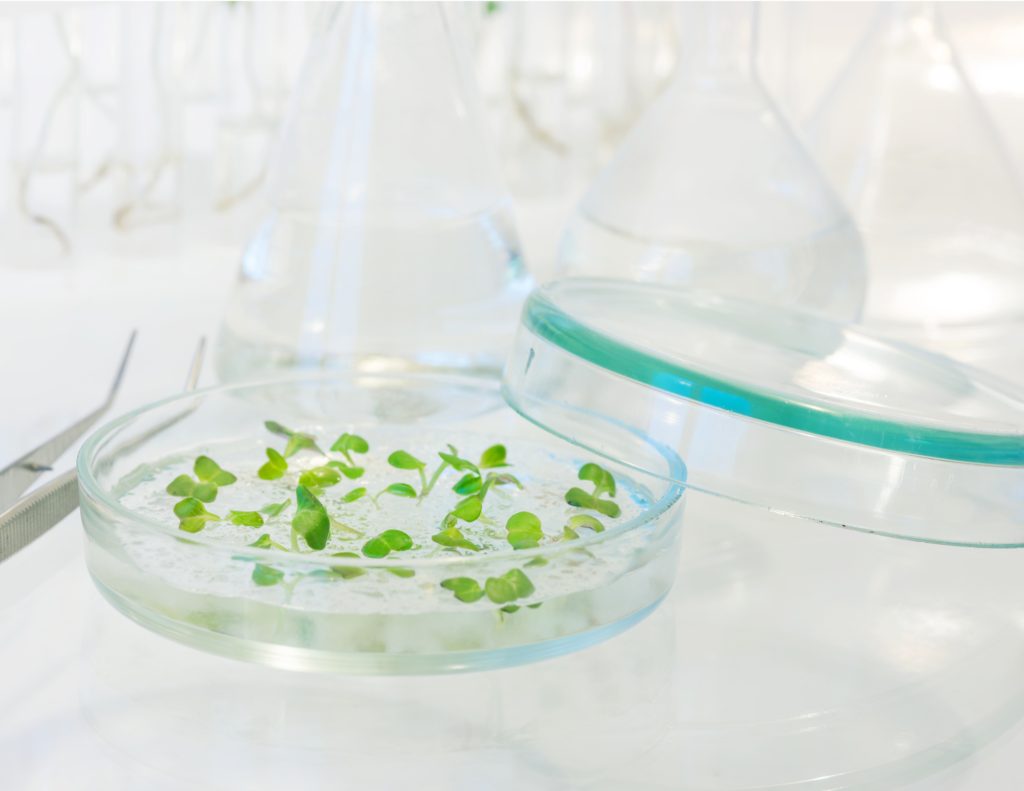
Sustainable agriculture and lab-grown plants
Lab-grown plants are emerging, and this brings hope of a sustainable future with our massive predicted population size. Not all crops and plants need to be grown in the lab. In fact, removing traditional plant agriculture altogether would take away the livelihoods of many people globally. Therefore, the need to switch back to more sustainable farming practices is evident now more than ever. With the emergence of lab-grown plants, we can relieve the burden of demand and supply from the environment. We can seek to help farmers begin to adopt more agroforestry practices, utilize cover crops and integrated pest management systems. Hopefully, lab-grown plants will bring opportunities for quality and care rather than quantity.
So, the next time you shop for a new cotton shirt, bag of coffee, or bar of chocolate, think about how and where it was produced. Opt for organically grown cotton, and ensure your coffee and chocolate are “ethically produced” and “shade-grown”. Lastly, when lab-grown plants come to market, give them a try, and help push the planet to a sustainable future.
Check out more posts on my sustainable lifestyle blog